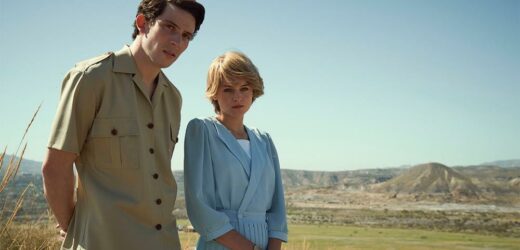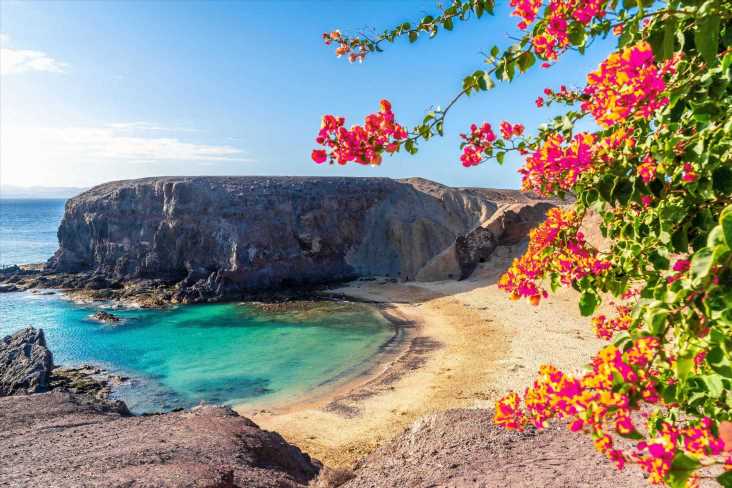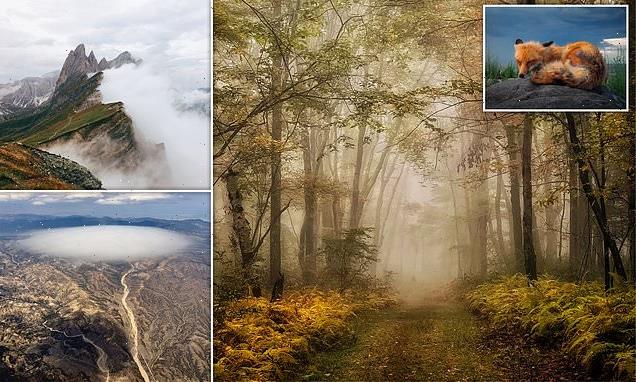In the opening scene of Episode 8, Season 4 of Netflix’s “The Crown,” a young Princess Elizabeth, played by Claire Foy, addresses the British Commonwealth from Capetown, South Africa, on the occasion of her 21st birthday.
What follows is a montage of people listening to her radio broadcast speech in different member countries, from India to Australia, to Jamaica and a number of African nations. These scenes were all shot in Spain, encapsulating — in less than three minutes — the great diversity of the country’s locations.
Several scenes in Seasons 3, 4 and the upcoming Season 5 of “The Crown” have all been shot in Spain while the sixth and final one, which starts shooting in late August, promises to be the show’s “largest investment in Spain in terms of time,” says independent producer Martin Harrison, one of the key producers behind the award-winning series for Sony backed London-based shingle Left Bank Pictures.
Working closely with Mike Day, CEO of Palma de Mallorca-based Palma Pictures, with whom Left Bank had previously collaborated on darkly comic series “Mad Dogs,” the producers found sites in southern Spain that doubled for Princess Margaret’s hideaway on Mustique Island (Atlanterra in Cádiz), a sheep farm in Australia (Almeria), Athens (San Juan de Aznalfarache, Seville) and a Hollywood studio in the 1960s (Tablada Naval Base, Seville), among others.
“Given the history of the royal family and the Commonwealth, we were inevitably bound to shoot three to four weeks somewhere abroad, mostly in tropical countries. Spain ticked all the boxes,” he says, citing the Southern European country’s legacy of filmmaking, its “fantastic” crews, the competitive rebates, its sub-tropical climate, the twoto three-hour traveling distance from the U.K. and perhaps most importantly, its light.
“Because our palette for the rest of each season was rather dark and somber, to have bursts of extraordinary sunlight and vibrancy really enriched the look of the show,” he says.
“Add to that the culture, the food, the people and the infrastructure, i.e. the hotels, the internal airports, the high-speed trains,” which all make locations more accessible, Day says. Filming in Spain was not without its challenges, including the onset of the COVID-19 pandemic and even more exasperating, Brexit. Both events meant that the production’s budget spiked.
“COVID made it tenfold more difficult and tenfold more expensive,” says Harrison, who adds that their largest expense was the COVID protocol department.
Season 3 was shot seamlessly in Spain prior to Brexit, but then it all changed for Season 4 when producers had to deploy legal advisers and create small departments just for the processing of visas, which cost as much as £800 (about $950) per head. Spain’s traditional shutdown in August also meant that all the permits and other red tape needed to be processed by July if they were to keep to their shooting start date of late August.
Finding ethnic representation was also problematic. For instance, one episode set in Australia called for Aborigines but “there was literally no Aborigines in Europe at that moment in time,” despite an appeal to the Australian cultural commission, says Harrison, who also serves as the first AD on the series.
Day points out that Spain also lacks studio facilities, unlike the U.K. or the Czech Republic, although he sees that changing.
“We anticipate that over the next two, three years, there will be considerable infrastructure projects that will be greenlit in Spain.”
Alicante’s Ciudad de la Luz studio, shuttered since 2012, has now reopened and will be welcoming shoots starting in October.
Nevertheless, “the very fact that we are going back as soon as we possibly can suggests that these challenges are minor and are offset but the huge advantages of shooting there,” Harrison says.
Read More About:
Source: Read Full Article


